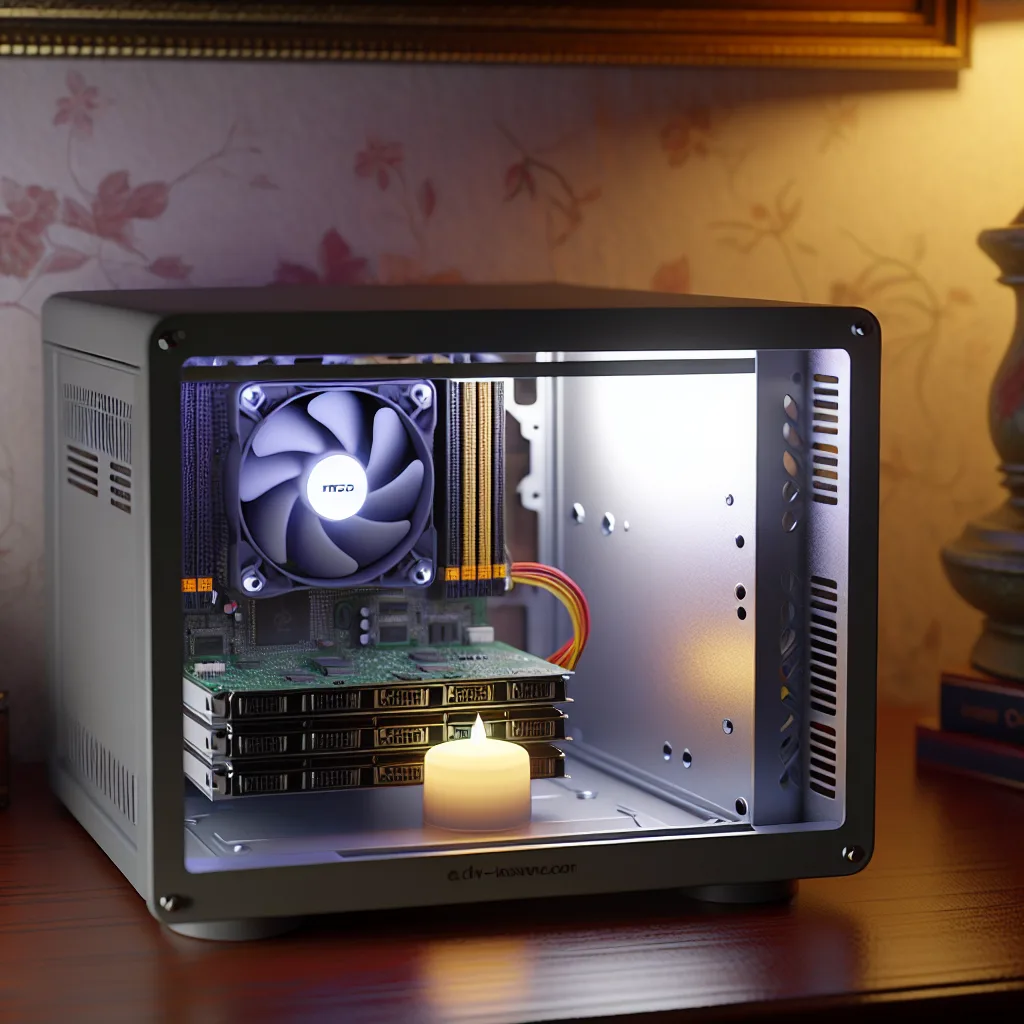How I transformed my trusty HP ProLiant N40L into a speedy, reliable home server fit for 2025
I’ve had an HP ProLiant N40L MicroServer since 2014, and while it’s always been a reliable little machine, over time it started feeling a bit outdated. The storage demands of today’s world just outpaced what this old server could handle. Instead of retiring it, I decided to take a different route. Why not keep the classic HP ProLiant chassis but rebuild everything inside? This home server upgrade turned out to be a great way to preserve something familiar while bringing it fully into the modern age.
Why a Home Server Upgrade?
The original N40L was great for its time but limited in power and expandability. Rather than squeezing incremental upgrades into the same old motherboard, I swapped it out completely. I replaced the guts with a compact Mini PC that fit neatly where the drives used to go, transforming the server into a powerhouse without losing the shell that I loved.
The Heart of the Upgrade: Mini PC Inside the ProLiant
Inside the new setup is an Intel N100 CPU — efficient, has a good onboard GPU, and supports Intel Quick Sync for hardware video transcoding, which is a big plus if you’re streaming or handling media at home. I also bumped the RAM up to 64GB, which is way more than the original server could ever dream of, giving me plenty of headroom for caching and running virtual machines.
Networking got a boost too, with a built-in 2.5GbE port. That means faster file transfers and better performance across my home network, future-proofing the system as homes begin to upgrade their network speeds 1.
Keeping the Original Power Supply, with a Twist
One clever bit was how I powered the new Mini PC. I tapped into the original HP power supply, pulling a 12V feed, but since the old motherboard wasn’t there to control it, I had to jump-start the PSU manually so it runs nonstop when plugged in. It’s a neat way to reuse what’s already there without buying a new power supply.
Quiet Cooling with Noctua Fans
Cooling is simple and silent. The ProLiant’s original fan was controlled by its motherboard, which I no longer have. So, I swapped it for a 120mm Noctua fan, known for quiet efficiency. To keep things tidy, I powered the fan from the Mini PC’s USB port, so it runs constantly without any extra fan controllers or complicated wiring 2.
Storage: NVMe Meets Classic Hot-Swap Bays
One of the best features of the ProLiant case is its 4-bay hot-swap backplane. To keep this convenience, I used an NVMe to Mini-SAS adapter, connecting the new Mini PC’s storage to the legacy SATA bays seamlessly. I added a dedicated SATA SSD just for the OS to keep things stable and make future upgrades easier.
I loaded the bays with four 6TB SATA drives. Using TrueNAS, a powerful open-source storage OS, I set up the drives in two mirrored vdevs — effectively like RAID 10. This setup offers redundancy, good read speeds, and dependable write performance, giving me about 12TB of usable space from 24TB raw capacity 3.
Why TrueNAS?
TrueNAS runs on ZFS, a file system designed with data integrity and flexibility in mind. With things like snapshots and easy management, it’s a huge improvement over old RAID controllers, providing more reliability for important data.
The Final Result
From the outside, the MicroServer looks the same — that familiar HP ProLiant N40L. But inside? It’s a completely different beast:
– Intel N100 CPU with Quick Sync GPU for efficient media handling
– 64GB RAM for future-proofing and virtualization
– Fast 2.5GbE networking ready for modern setups
– Whisper-quiet Noctua cooling
– 12TB mirrored ZFS storage managed by TrueNAS
In short, this home server upgrade turned an aging system into a silent, robust, and modern NAS ready for whatever I throw at it. It’s a great reminder that sometimes, with a bit of creativity, you don’t have to toss out the old — you can breathe new life into it and make it work even better today.
